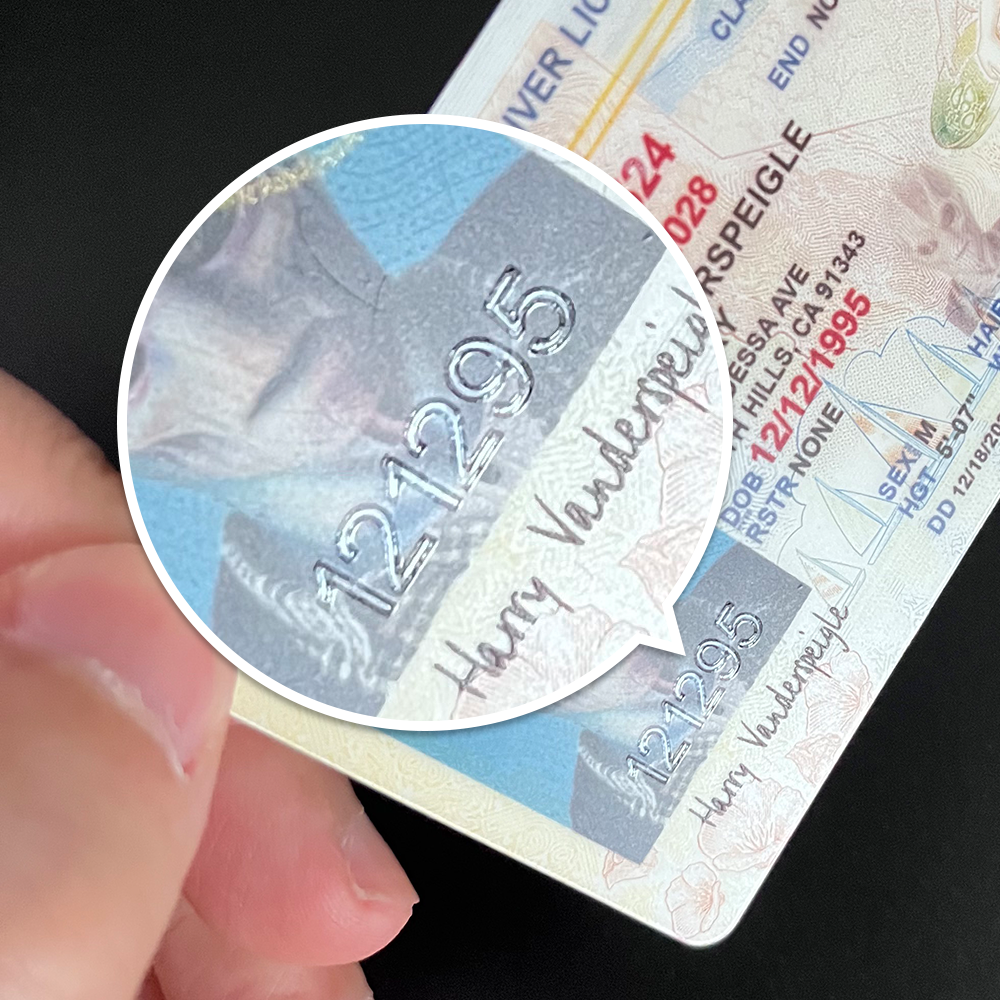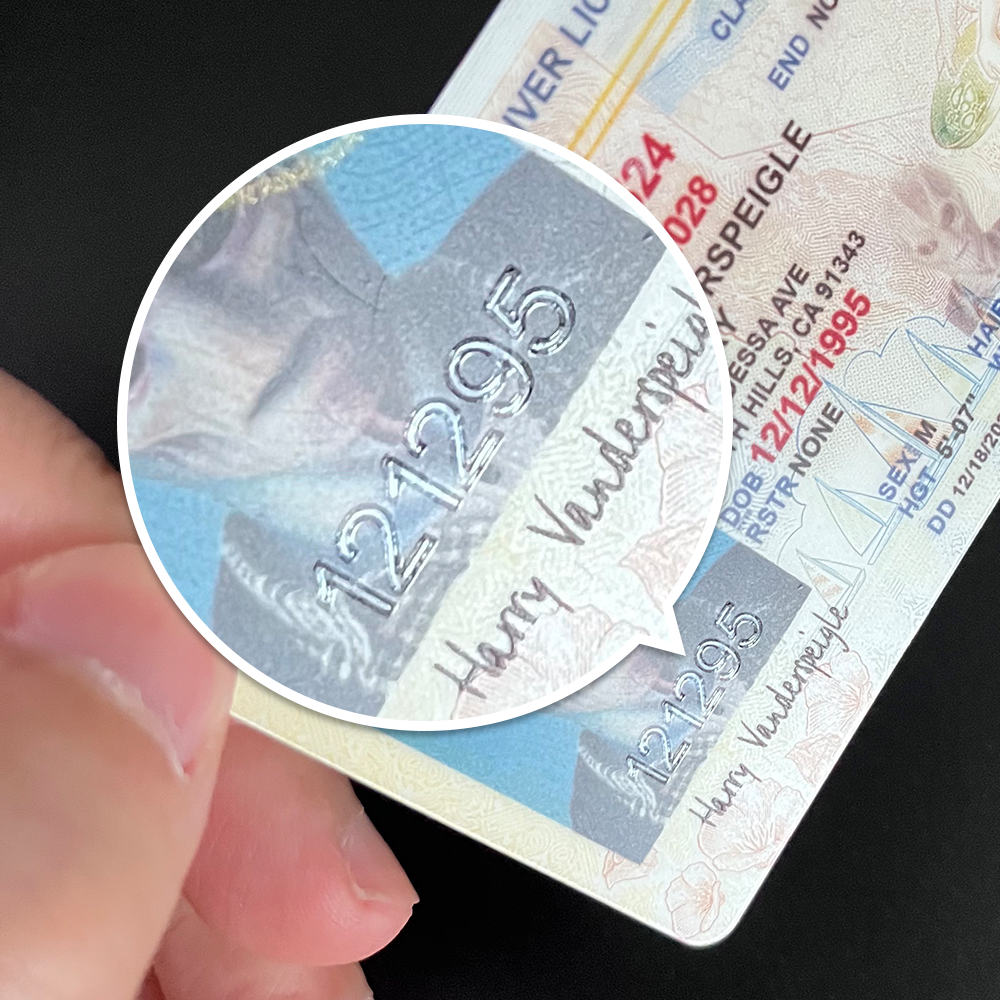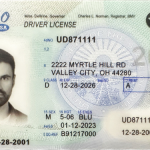In an era where security and authenticity are of utmost importance, the issue of fake IDs has been a long – standing concern across various sectors. As we approach 2025, the landscape of ID verification is set to undergo a significant transformation with the rise of voice – based ID verification systems. These systems hold the promise of providing a more secure, efficient, and user – friendly way to combat the problem of fake IDs.
The Problem of Fake IDs
Fake IDs have been a persistent problem in many areas. In the context of age – restricted activities such as purchasing alcohol or entering nightclubs, underage individuals often resort to using fake IDs to gain access. In the business world, fake identities can be used for fraud, such as opening accounts under false pretenses or making unauthorized transactions. Traditional methods of ID verification, such as checking physical documents like driver’s licenses or passports, have limitations. These documents can be forged, stolen, or easily replicated, making it difficult to ensure the true identity of an individual.

Introduction to Voice – Based ID Verification Systems
Voice – based ID verification systems are emerging as a powerful solution to the fake ID problem. These systems work by analyzing the unique characteristics of a person’s voice, such as pitch, tone, cadence, and pronunciation patterns. Every individual has a distinct vocal signature, much like a fingerprint, which can be used to verify their identity. When a user attempts to authenticate themselves, their voice is captured and compared to a pre – recorded voice sample in a database. If the two match within a certain tolerance level, the identity is verified.
The technology behind voice – based ID verification is based on advanced speech recognition and biometric algorithms. Speech recognition technology can convert spoken words into text, while biometric algorithms analyze the physical and behavioral characteristics of the voice. Machine learning is also playing an increasingly important role in these systems. By training on large amounts of voice data, the algorithms can improve their accuracy over time, becoming better at distinguishing between genuine and fake voices.

How Voice – Based ID Verification Can Combat Fake IDs
One of the main advantages of voice – based ID verification in the fight against fake IDs is its uniqueness. Since each person’s voice is unique, it is extremely difficult for someone to replicate another person’s voice accurately. Even if a fraudster has access to a recording of someone’s voice, they would still face significant challenges in imitating it perfectly during a real – time verification process. This provides an added layer of security compared to traditional ID verification methods.
Voice – based systems are also more difficult to bypass in terms of technological means. Unlike physical IDs that can be scanned or copied, voice biometrics are not easily transferable. Additionally, many voice – based ID verification systems incorporate liveness detection techniques. For example, they may require the user to speak specific phrases or respond to dynamic prompts, ensuring that the voice being used for verification is coming from a live person and not a pre – recorded audio file.

Implementation in Different Sectors
- Retail and Hospitality: In the retail sector, especially when it comes to age – restricted products like alcohol and tobacco, voice – based ID verification can be integrated into point – of – sale systems. Customers could be required to provide their voice as part of the age verification process. In the hospitality industry, such as in hotels and resorts, it can be used for guest check – in, ensuring that the person checking in is the same as the one who made the reservation.
- Financial Services: Banks and financial institutions are constantly at risk of fraud due to fake identities. Voice – based ID verification can be used for account access, online transactions, and customer support. For example, when a customer calls the bank’s customer service, they can be verified through their voice, reducing the risk of unauthorized access to accounts.
- Government and Public Services: Governments can use voice – based ID verification for various services, such as issuing passports, driver’s licenses, and social security benefits. It can help prevent identity theft and ensure that only eligible individuals receive government services.
Common Problems and Solutions in Voice – Based ID Verification
Problem 1: Environmental Noise Interference
One of the most common issues in voice – based ID verification is environmental noise. In noisy environments, such as a busy street or a crowded store, it can be difficult to accurately capture and analyze a person’s voice. This can lead to false negatives, where a legitimate user is not verified due to the interference.
Solution: Advanced noise – cancellation technologies can be incorporated into the voice – capturing devices. These technologies can filter out background noise, allowing for a clearer capture of the user’s voice. Additionally, the verification algorithms can be trained to be more robust in the presence of noise, by using a large dataset of voices recorded in various noisy environments during the training phase.
Problem 2: Voice Changes Over Time
People’s voices can change over time due to various factors such as aging, illness, or even the use of voice – altering medications. These changes can cause the voice – based ID verification system to have difficulty in matching the current voice with the pre – recorded sample in the database.
Solution: The system can be designed to periodically update the voice samples in the database. For example, users can be prompted to provide a new voice sample every few years. Additionally, the verification algorithms can be made more flexible to account for minor voice changes, by using techniques such as template adaptation, where the existing voice template is adjusted based on the new voice characteristics.
Problem 3: Accent and Dialect Differences
There are a wide variety of accents and dialects around the world. A voice – based ID verification system that is trained mainly on a particular accent or dialect may have difficulty in accurately verifying the identity of users with different accents or dialects.
Solution: The training dataset for the voice – based ID verification system should be diverse, covering a wide range of accents and dialects. Machine learning algorithms can be used to analyze the common features across different accents and dialects, while also being able to recognize the unique characteristics of each. This way, the system can be more inclusive and accurate in verifying the identities of users from different linguistic backgrounds.
Problem 4: Voice Imitation by Skilled Fraudsters
Although it is difficult to perfectly imitate a person’s voice, some skilled fraudsters may be able to come close enough to potentially fool a voice – based ID verification system.
Solution: Incorporating multiple biometric factors along with voice verification can enhance security. For example, combining voice verification with facial recognition or fingerprint scanning can provide a more comprehensive and secure identity verification process. Additionally, the system can use advanced behavioral biometric analysis, such as analyzing the speaking style and rhythm in more detail, to detect any signs of imitation.
Problem 5: Data Privacy and Security
Voice – based ID verification systems collect and store sensitive biometric data. There is a risk of this data being compromised, which could lead to serious privacy and security issues for the users.
Solution: Robust data encryption techniques should be used to protect the voice data. The data should be stored in a secure, encrypted format, and access to the data should be strictly controlled. Additionally, compliance with relevant data protection regulations, such as GDPR in Europe, should be ensured. Regular security audits and vulnerability assessments should be conducted to identify and address any potential security risks.
Fake ID Pricing
unit price: $109
| Order Quantity | Price Per Card |
|---|---|
| 2-3 | $89 |
| 4-9 | $69 |
| 10+ | $66 |



